Federal kratom ban delayed
October 4, 2016
The U.S. Drug Enforcement Agency (DEA) issued a press release on Aug. 30, 2016, stating its intent to move an herbal compound known as kratom to the Schedule I category due to the belief of it having a high potential for abuse and a claim that kratom does not provide any currently accepted medical uses.
Originally cultivated in Southeast Asia, the substance has deep history, especially in Thailand. It is a natural product of the Mitragyna speciosa tree and has long been used as a traditional form of medicine for chronic pain and opioid withdrawal symptoms, according to mitragyna.com.
When the leaves are brewed into a tea and consumed, the same areas of the brain that are activated when opium-derived drugs (such as heroin, morphine and prescription drugs such as hydrocodone) are stimulated, although many of the typical opioid symptoms like a decreased heart rate and shallow breathing do not occur, according to narconon.com.
This sobering sensation, where the physiological symptoms of the opioid addiction are eased for a pain sufferer, is seen as a healthy and effective alternative to other opioid addiction therapies by professionals and those who suffer alike.
Originally, the ban was set to take effect on Sept. 30, 2016. A bipartisan push from 45 congressmen and vocal resistance from many opioid addiction sufferers through petitions have halted the ban. Protests in front of the White House have also been conducted, although their size and frequency varied over the month of September.
Representatives Mark Pocan (D-Wis.) and Matt Salmon (R-Ariz.) recruited dozens of colleagues in the House of Representatives last week to formally decry Chuck Rosenberg, the acting administrator of the DEA.
In a letter to Rosenberg, the lawmakers cited that “This hasty decision could have serious effects on consumer access and choice of an internationally recognized herbal supplement.”
The process that a substance undergoes to join the Schedule I list on the national level is long and arduous—the classification is technically temporary for the first three years. After those first three years, the DEA can decide whether to make the assignment permanent.
Most historic evidence indicates that the DEA will maintain their original stance when this decision comes up in 2019 or 2020, depending on when and if kratom actually does join LSD and ecstasy on the Schedule I list.
States have the right to make drug schedule decisions on substances on their own, and some states such as Alabama already list kratom as Schedule I.
In the Aug. 30 press release, the DEA pointed to 15 kratom-related deaths between 2014 and 2016, but related is the key term here. It is an absurdity that there is no explicit mention in the press release that all 15 fatal cases were caused by complications with multiple substances in the victim’s systems, never kratom alone.
As tragic as these 15 cases are, the lack of clear causation accounted for by solely kratom is alarming, and with the minimal amount of clinical research that has been conducted on the substance, it seems unwarranted for the DEA to take such a drastic measure.
This substance has the potential to give not only an easily obtainable and almost entirely organic road to recovery for addicts, but it can be an effective form of returning dignity to their lives as well. With heroin use becoming an ever-larger epidemic, in cities as much as in more affluent suburban areas like our own, it seems to be a great injustice that kratom may soon be taken off of the shelves of supermarkets, herbal remedy stores and smoke shops.
As for the heroin and prescription pill abuse epidemic across our nation, it is as tragic as it is widespread.
According to the Washington Post, 15-percent of Americans consumed tobacco products in 2015. Comparatively, and objectively horrifyingly, 38-percent of Americans consumed opioid painkillers.
In a single three week period in Akron, Ohio, over the summer, there were 236 heroin overdoses. Innumerous mothers or fathers. Innumerous friends or coworkers. Thankfully, modern medicine has produced many highly effective resuscitation methods for overdose victims, but the prevalence of these addictions is not something that an ambulance can fix. This epidemic is destroying too many lives on a daily basis through harrowing addiction for a potential groundbreaking therapeutic method like kratom, one free from any part of the opium-yielding poppy plant, to be dismissed and banned.
When President Richard M. Nixon issued the Controlled Substances Act in the 1970s, he was fighting the proliferation of illegal substances that were purportedly damaging the integrity of the nation and its citizens. It seems worthy of shame that such an act is now arguably suppressing the advance of medicine and science that could potentially improve the quality of life for many Americans.
Entirely sidestepping the contentious debate over the legalization of recreational marijuana and the federal vs. state rights battle that is being waged there, I would like to cite the federal government’s advances toward restricting kratom through legislative means. In 2014, the Food and Drug Administration (FDA) issued an import alert that gave U.S. Customs agents the right to seize kratom-labeled shipments. Between Feb. 2014 and July 2016, over 247,000 pounds of the diet supplement were seized although no official ban has been enacted.
Although internet search rates and internet-based sales of the substance have risen steadily since 2012, kratom remains in the shadows, well away from mainstream attention in the medical community or otherwise.
Despite a low level of notoriety, the substance can be found relatively easily, and is sold in most municipalities. A telephone survey of five Chicago smoke shops conducted by the Journal of American Osteopathic Association in December 2012 concluded that all five carried some form of kratom.
The bottom line is that there is a cheap, easily obtainable, non-prescription, effective producer of chronic relief that is available for our disposal and may be a key factor in the revitalization of many addicts in every corner of this great nation of ours. Without adequate research and funding for that research, we are at a loss; but a short sighted, long-term ban does us no better.




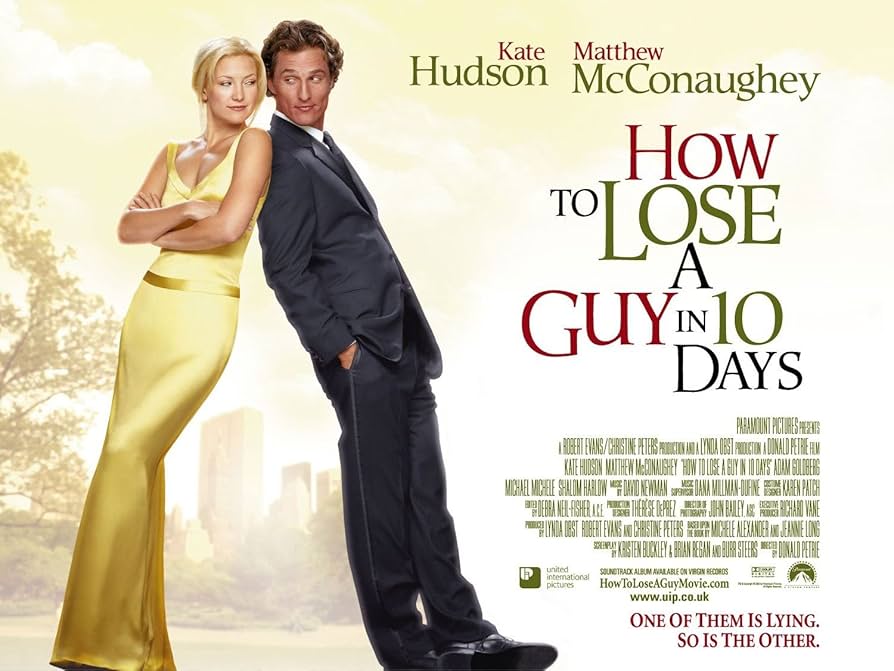








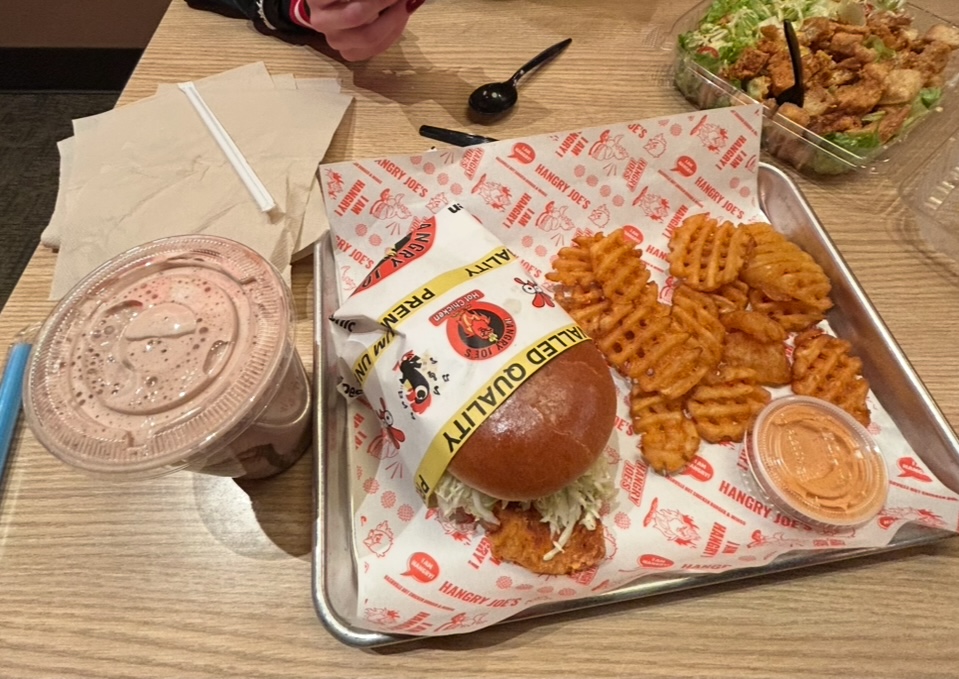
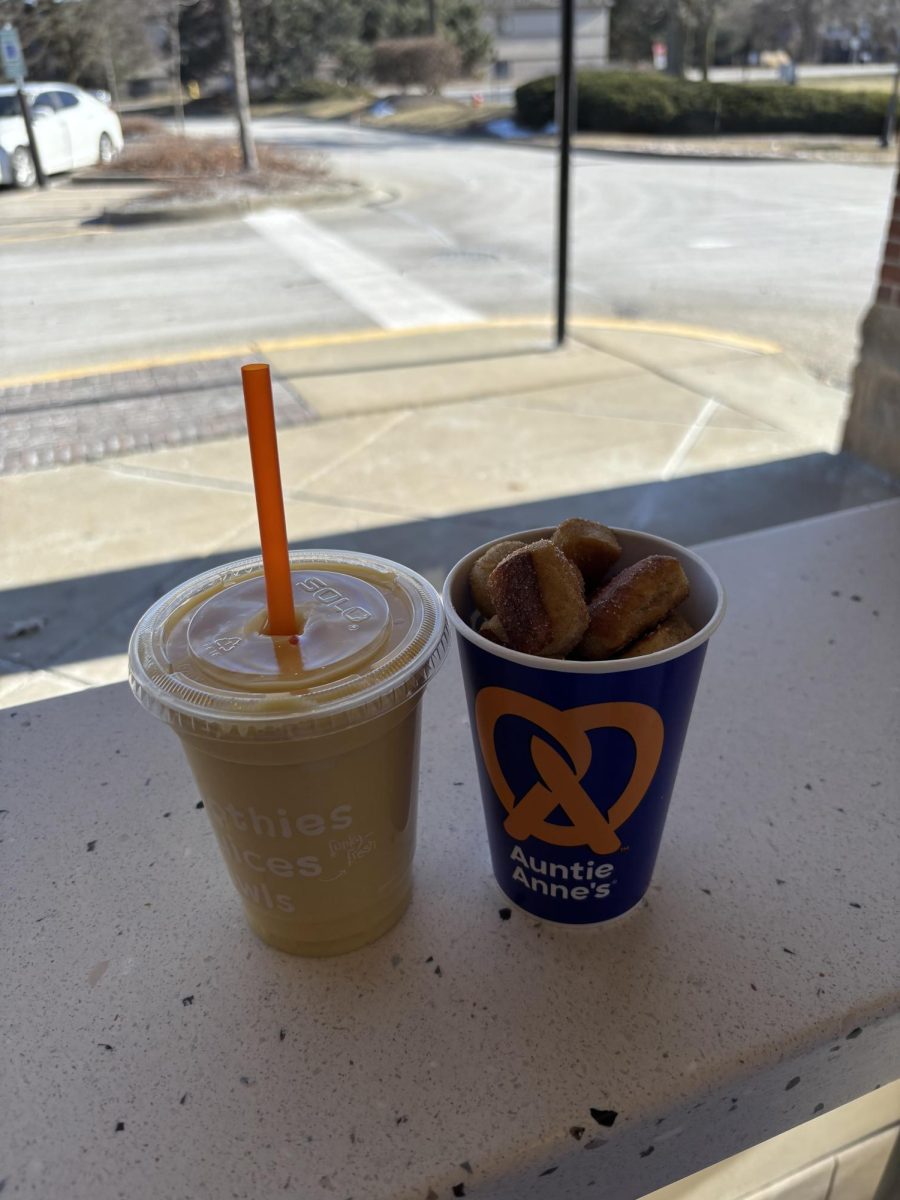


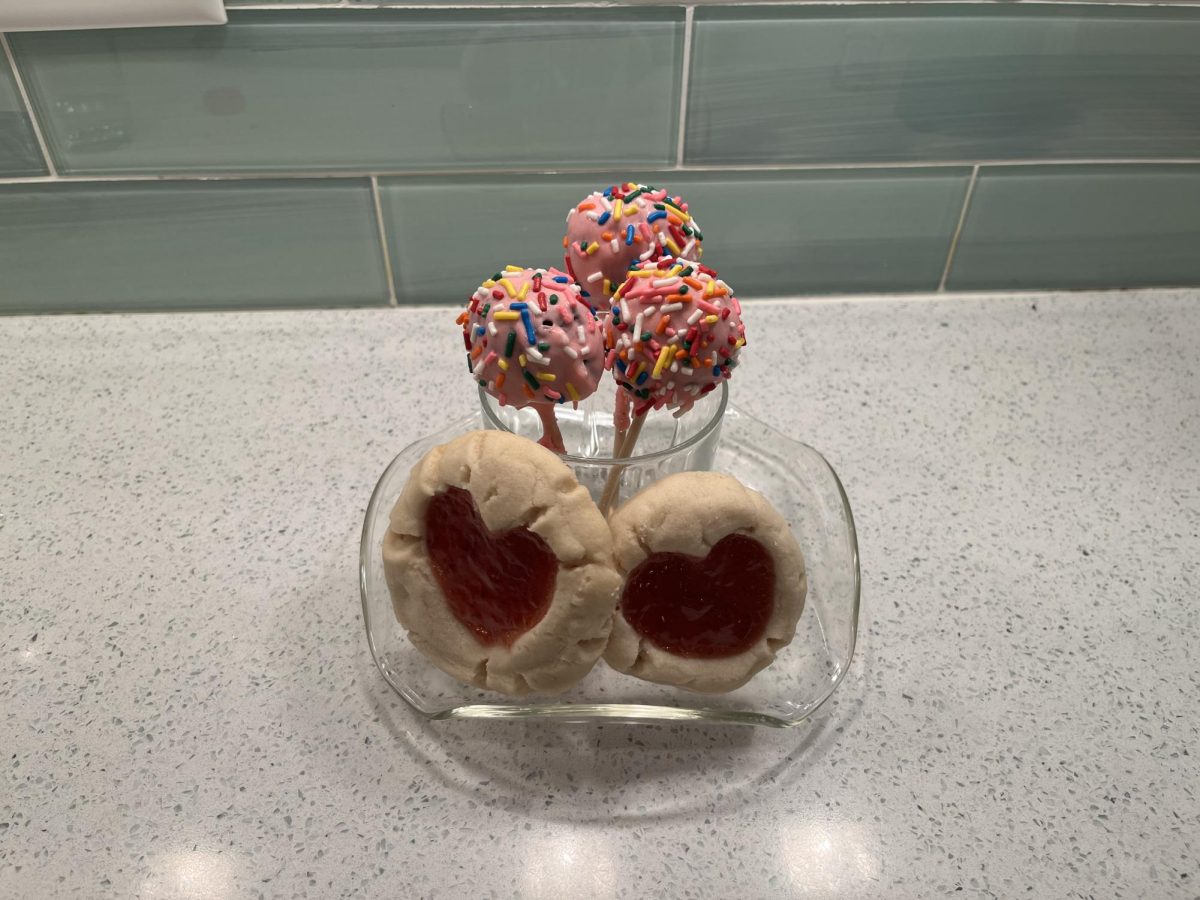




![Movie poster for '[Rec]" (2007).](https://www.lionnewspaper.com/wp-content/uploads/2023/04/rec-640x900.jpg)

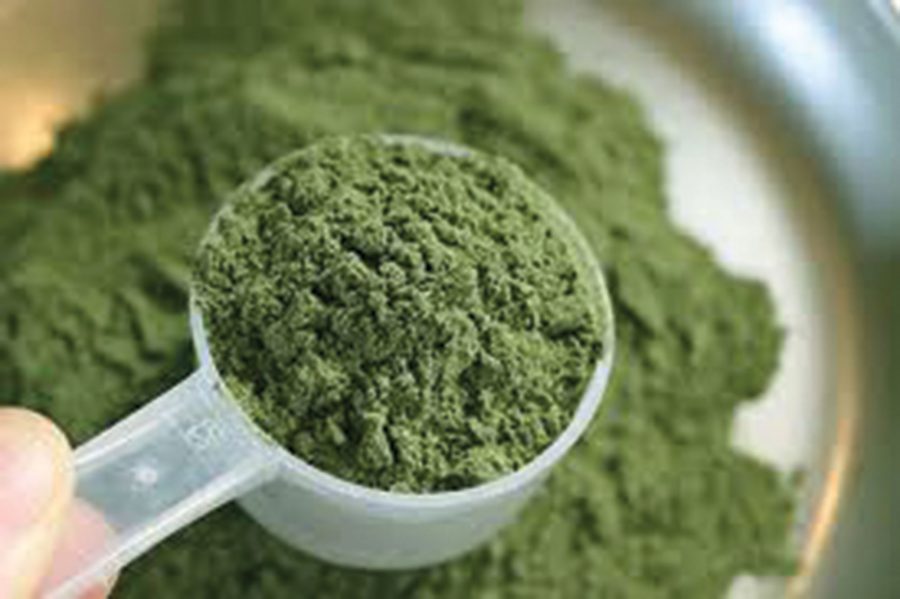
Gary • Jan 11, 2018 at 11:27 pm
The alkaloids found in Kratom effect the brain similarly to an opiate, although it is not. It triggers similar receptors, which is why many former addicts use Kratom to curb the craving for other substances and minimize the effects of withdrawal. Its effects are unique in that, at moderate or low doses it will generally be stimulating and euphoric. Based on hundreds of Kratom user’s feedback, it is not enough to impair normal functions such as socializing or working long hours. In fact, based on many interactions with active Kratom users, the feedback was that many use it as, not only an alternative to pain medication but as an energy booster.
For more information: goldenKratom
Angela Mackenzie • May 5, 2017 at 6:44 am
For My pain I was prescribed opiate based medications and, like most people who listen to and take the advice of their doctors, became addicted to prescription opiates. I was introduced to kratom by a dear friend and since then I have completely come off the opiates! kratom has changed my life in a wonderful way! For the past five years or so I have been using kratom Tea as well as soaking in a warm bath with kratom Soaps and Soaks, I created in 2011. I have shared this miraculous leaf with other opiate addicts and those who suffer from chronic pain, the results have been amazing with benefits/relief from pain and addiction. I have also completely changed my dietary habits and have become a warrior of holistic healing. Please keep this miraculous herb legal for responsible adults in need. For more information: Kratom